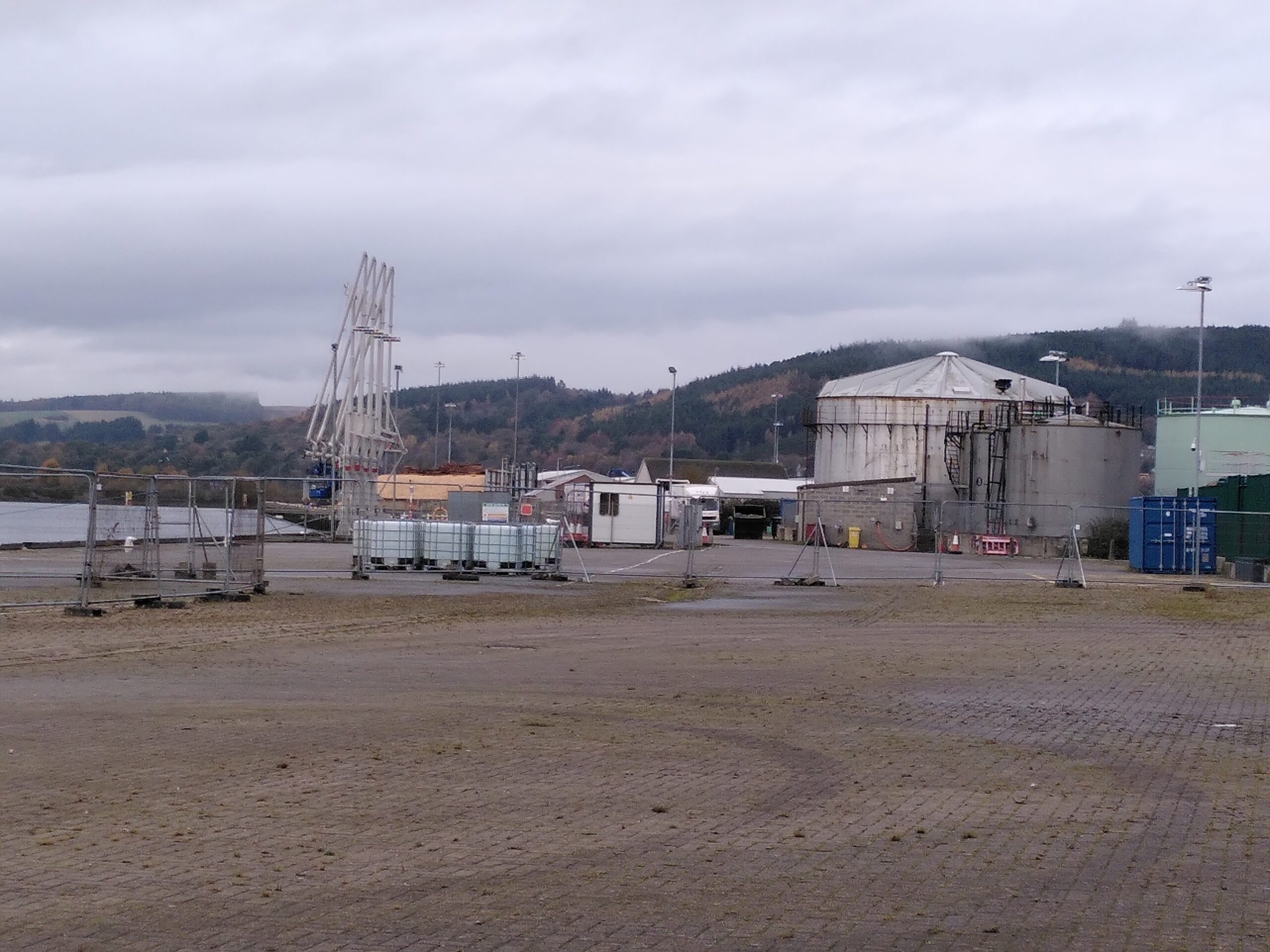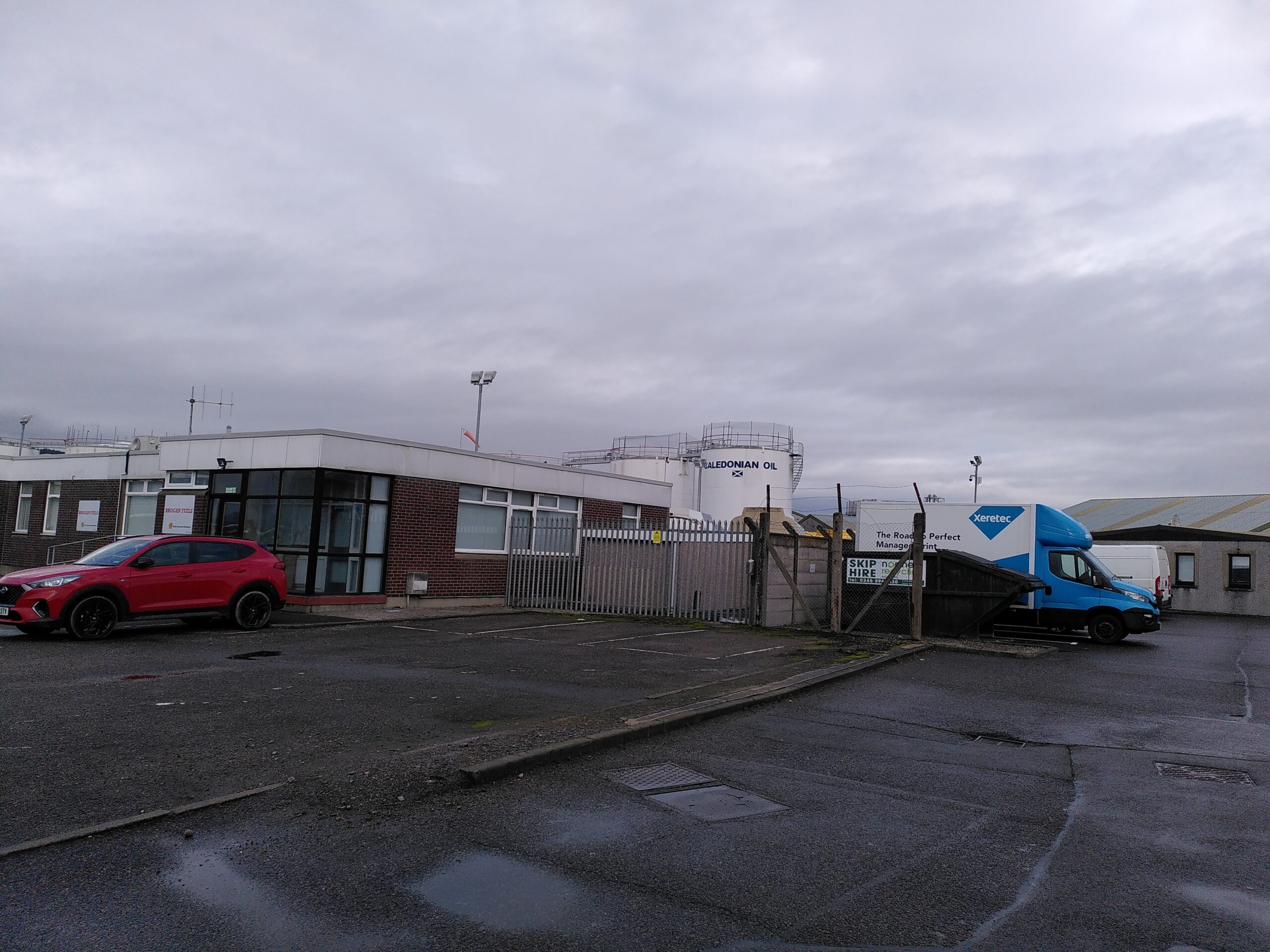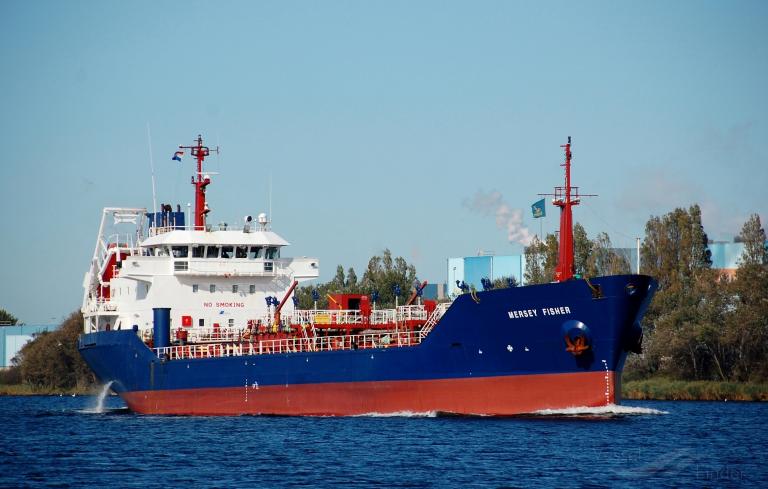The Oil Machine in Inverness

The words of Sir David King, head of the Climate Crisis Advisory Group, haunt me. Speaking at the launch of The Oil Machine film, he explained his view on what has been taking place since 2019.
“What we have experienced in the last three years is a series of extreme weather events around the world, in particular in the northern hemisphere. This can be related to is what has happened in the Arctic Circle region. Over the last 15 years the Arctic Circle has suddenly been heating up at a rate of about four times the rate of the average for the rest of the planet … the weather systems of the world are already in transition…. I would see that none of the climate scientists predicted the rate of the loss of the ice in the Polar Region. Greenland is now losing its ice irreversibly. Ice on land when it gets lost puts water into the ocean, and that will raise sea levels globally eventually by 7 meters, 24 feet. So what we are doing is changing the map of the world, and losing cities sitting on coastlines around the world.”
If sea levels are to rise by 24 feet, then what does that mean for Inverness, where I’m attending a screening of The Oil Machine at Eden Court arts centre?
Built at the northern end of the Great Glen, the city stands where the River Ness flows into the Moray Firth, that long arm of the North Sea. Inverness is the UK’s most northern city. Though it does not cast itself as ‘an oil city’ like Aberdeen, it has played, and continues to play, a vital role as a logistical hub for the exploitation of offshore oil and gas. It is a key transport node for road, rail and air. It is home to the region’s main hospital and administrative centre for The Highland Council as well as the base for an MP and MSPs of much of northern Scotland. And over the last two decades it has become seedbed for the renewables industry – onshore wind, offshore wind and wave energy.

I decide to walk a line through the city following the height of 24 foot above sea level. It seems harder to determine this than I had imagined. (Surely there must be an app that will tell me such a thing? I fail to find it!) I read and follow the contour lines on the most detailed OS Map as it snakes through the centre of Inverness. It passes through buildings on a curiously meandering route, but allows me to begin to sense the rise and fall of the land. Along Academy Street, the spine of the 18th century town. Down the side alley of Fraser Street running towards the River Ness swirling and pulsing between its stone embankments.
I’ve passed through this city myriad times since the age of four, but I’ve never been so aware of the lie of the land. The great escarpment on which the castle stands, and St Stephen’s Church, built looking over the town spread out on the flat land before it. My sea rise contour line takes me past Zizi and Primark, Private Eyes gentleman’s club and Esco tequila bar, Costa and M&S, Morrisons and Eastgate Shopping Centre, Mercure Hotel and the street market stalls in Eastgate. Will all of this be lost to the sea? How could that happen?
As I’m walking, I’m wondering what does David King mean by 24 feet? Is that 24 feet above the current high tide mark? Or the mid tide mark? And then surely there’ll be days of exceptionally high tides, Spring Tides, and days of very low high tides, Neap Tides? And of course a high tide might come with a storm – the east wind driving the waves higher. Far higher than that 24 feet tide line.
The ocean crashing in. The wind howling. The town retreating behind sea walls. The valley of Millburn – now home to a Premier Inn and estates of detatched houses – becoming an inlet of the sea.
On, on, down the B865, thick with traffic pounding alongside the railway line. Will the line and the station be lost? And beyond it the Stagecoach bus terminal. That too?
I turn into Harbour Road and enter the wide zone of Longman Industrial Estate. This is a cornucopia of carbon culture. All the world’s goods are here. Or at least all the world’s cars. Showrooms full of Jaguars and Land Rovers, Skodas and VWs, Peugeots and Citroens, Mazdas and Mitsubishis, Mercedes and Audis, Hyundais and Hondas, Renaults and Dacias, Fords and Vauxhalls, Volvos and Toyotas. The list goes on.
At the end of this avenue of plate glass and polished paintwork come the petrol stations Gulf, BP and Esso. Like the forecourt at Morrisons’, these filling places are supplied with fuel. But from where? At the Gulf petrol station the helpful woman in the kiosk, when asked where the fuel comes from, replies with a single word: “Inverness”. More exploration is required.

Google maps reveals the Caledonian Oil and Certas Energy terminal, west down Harbour Road. Walk a little further and here are the great off-white tanks where the petrol and diesel is stored. An import terminal previously owned by BP. Here, behind locked gates, is the forecourt where are parked road tankers with the livery of Tesco and Certas. The flow of oil is revealed. This depot is supplied by sea tanker. The dockside just across the road, on the banks of the swirling River Ness. Long arms of the pumping system stand idle, waiting for a ship to arrive. Swiftly it will be unloaded, the fuel passing through pipelines under the road, to the oil tanks at the depot. Here the road tankers will fill up and fan out, carrying their loads across the city and across the Highlands. Petrol and diesel for the myriad cars and vans, trucks and tractors of Northern Scotland.
Who owns these road tankers? And who owns the petrol stations they deliver to? Who profits from this system of supply? This is more complex than it seems as Terry Macalister and I explore in our book Crude Britannia. The petrol station with a BP logo is more likely to belong to a company such as the US based MFG than BP. The tanker branded Tesco is more likely to belong to the German multinational Hoyer than to Tesco. All of these companies, not just the oil companies and the supermarkets, have an interest in maximising consumption by the motorists at the pump.
Where exactly the fuel delivered in the sea tanker comes from is far harder to predict. Possibly from the refinery of Grangemouth, just west of Edinburgh? But it may well come from far further afield. From refineries in Rotterdam or perhaps India? Almost anywhere across the globe. There is only a small chance that this is petrol produced from crude drilled from beneath the North Sea off Scotland.

(Two days later, passing through the Longman Industrial Estate on a bus, I spot the bridge of a ship moored at the dockside. A quick search on MarineTraffic.com reveals it to be MV Mersey Fisher, registered in Gibraltar. She arrived at 22.45 the previous night and had departed from Immingham 47 hours earlier. There she loaded products from one of two small refineries, the Lindsey Refinery owned by Prax or the Humber Refinery owned by Phillips 66. Each of these could have been processing crude oil shipped in from anywhere in the world.)
What we can be sure of is that this sea tanker load of fuel was bought and sold on the international commodity markets – and in particular the oil markets, mainly based in Singapore, Chicago, New York and London. Traders make vast profits on the buying and selling of a tanker load of petroleum products such as those that moor at the Ness dockside and unload their cargo into the bloodstream of the Highlands. These traders too have an interest in maximising consumption by the motorists at the pump.
I think again of the words of David King. The knowledge that the seas will rise, accompanied by greater storms. That the lowest lying land around Inverness is this dockside where the river spills into the ocean. Next is the Harbour Road lined with its avenue of car showrooms. Then the shopping streets, with the big chain stores and cafés, the station and the bus terminal.
It is a painful irony that the parts of the city most embedded in the distribution and consumption of oil, most embedded in The Oil Machine, are the most under threat from the chaos of the climate.
Thanks to Terry Macalister, Ben Kempas, Emma Davie, Sonja Henrici, Rachel Caplan, Paul MacDonald-Taylor and Annie Brooker.